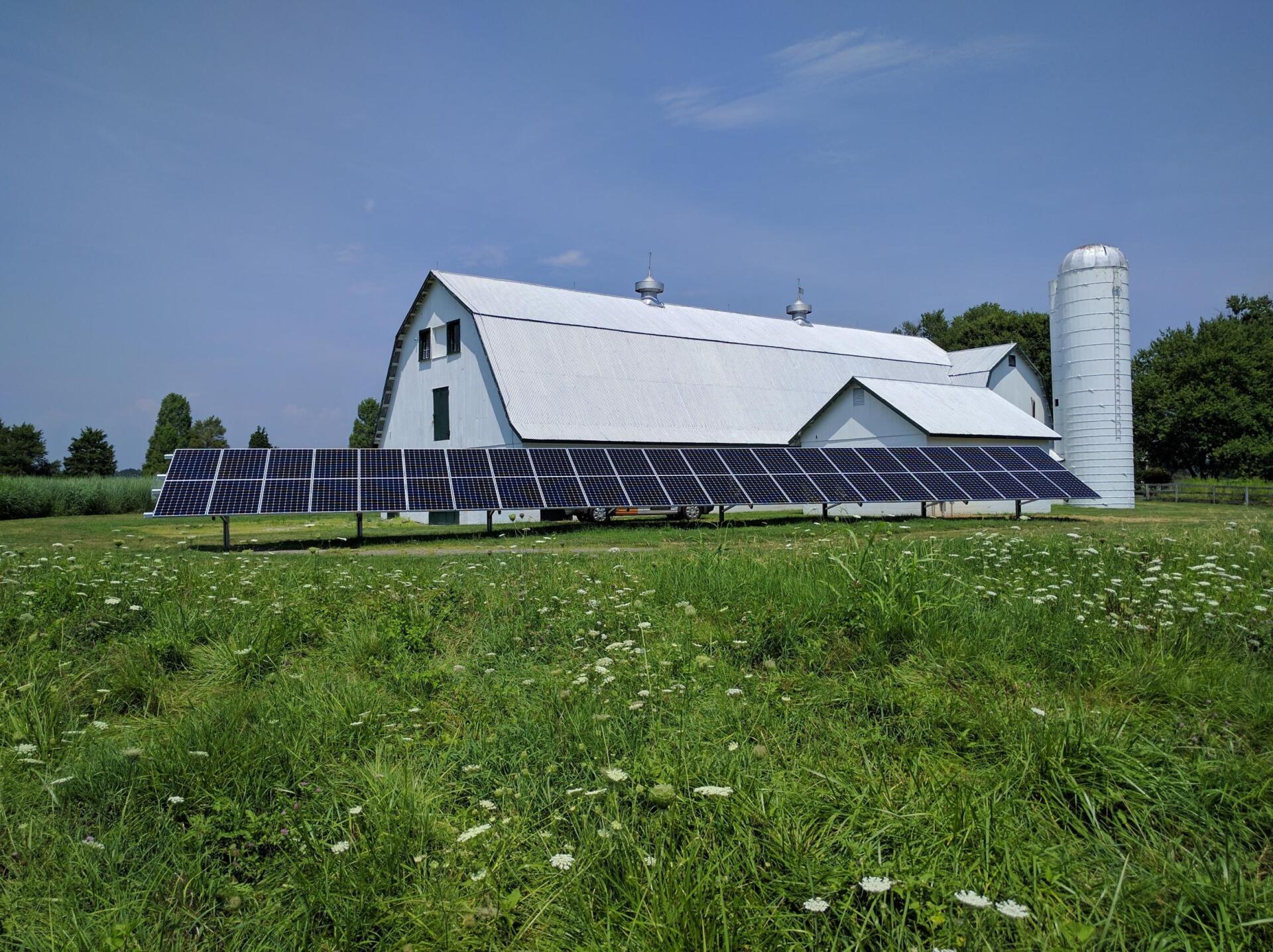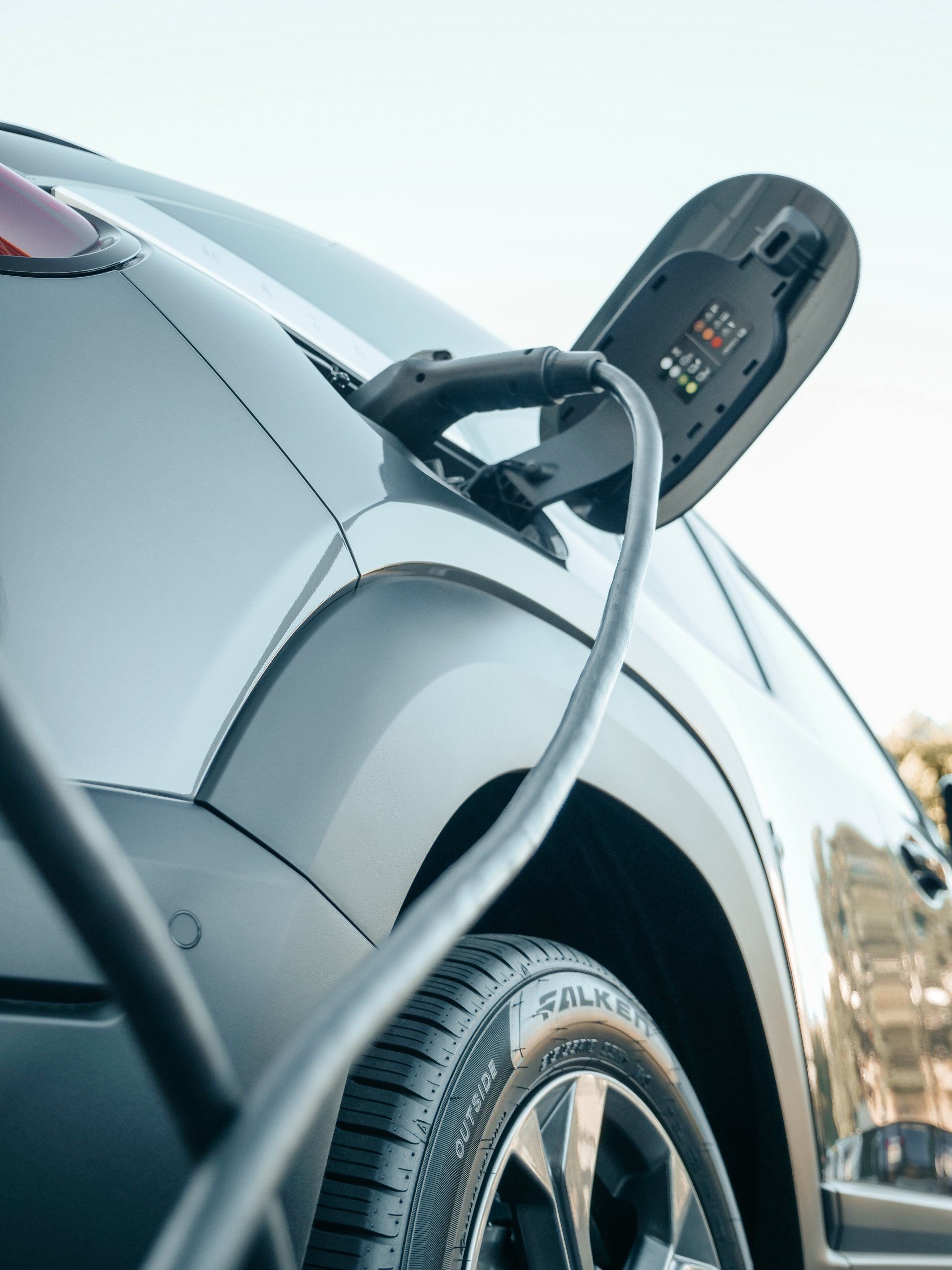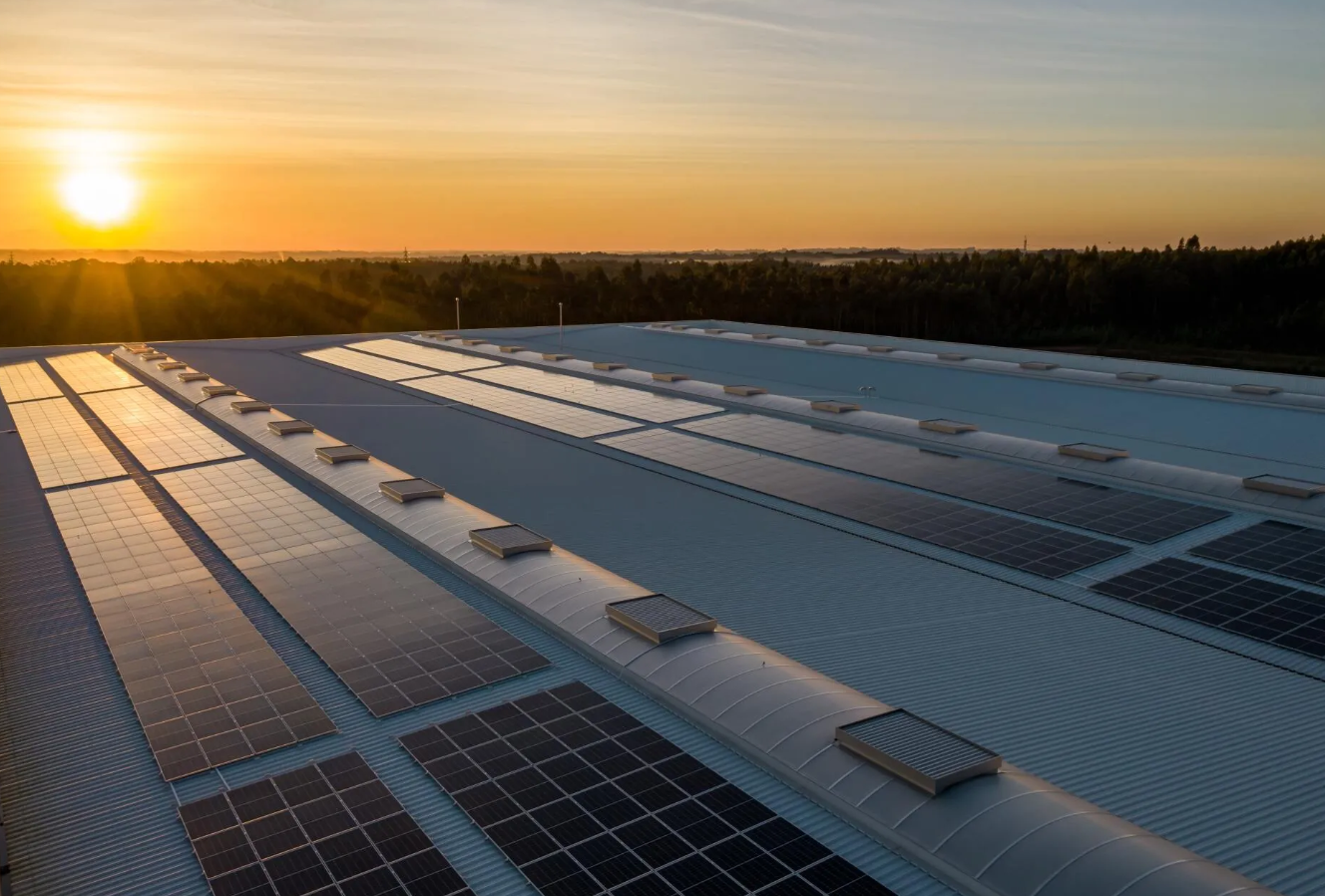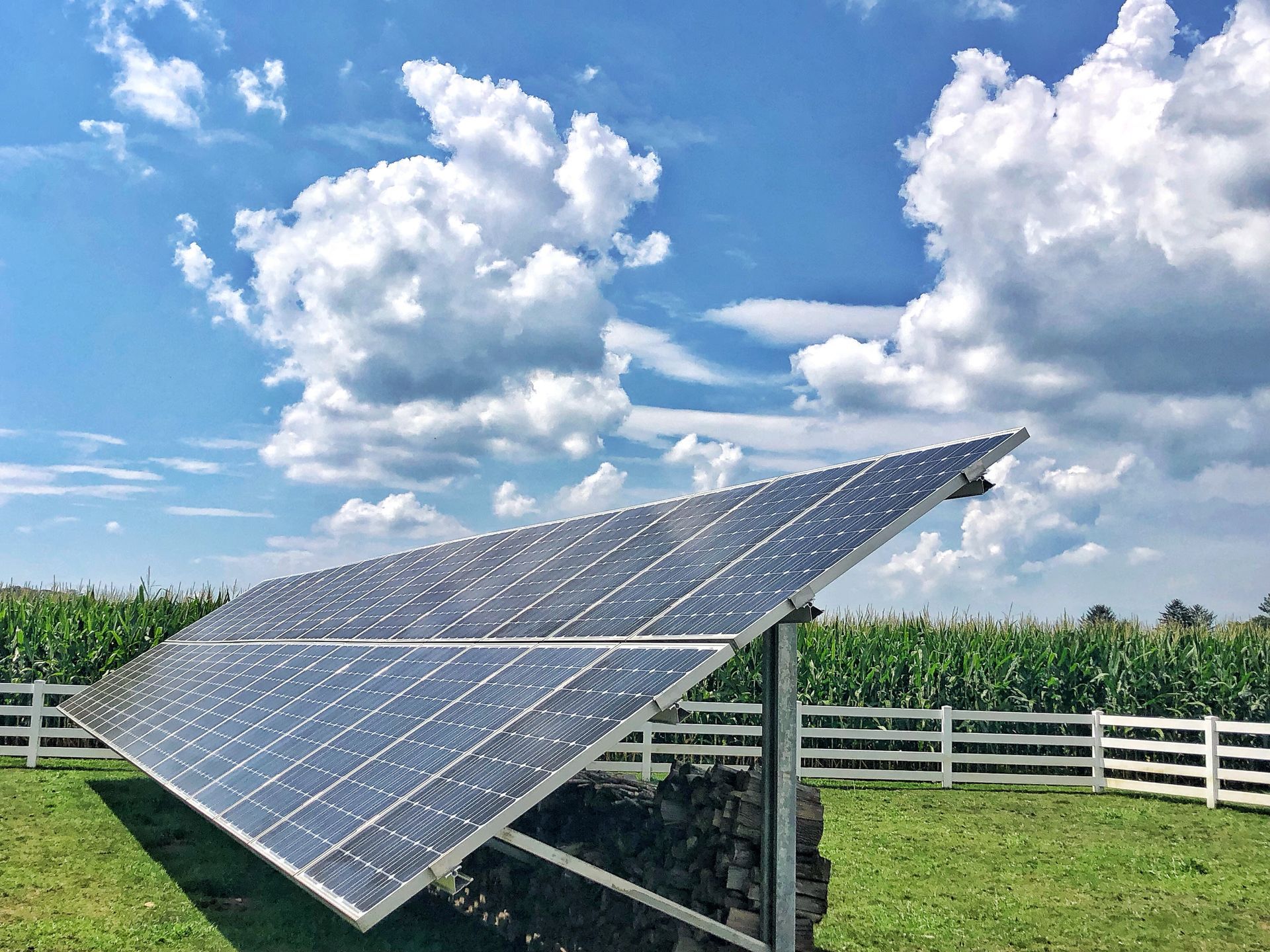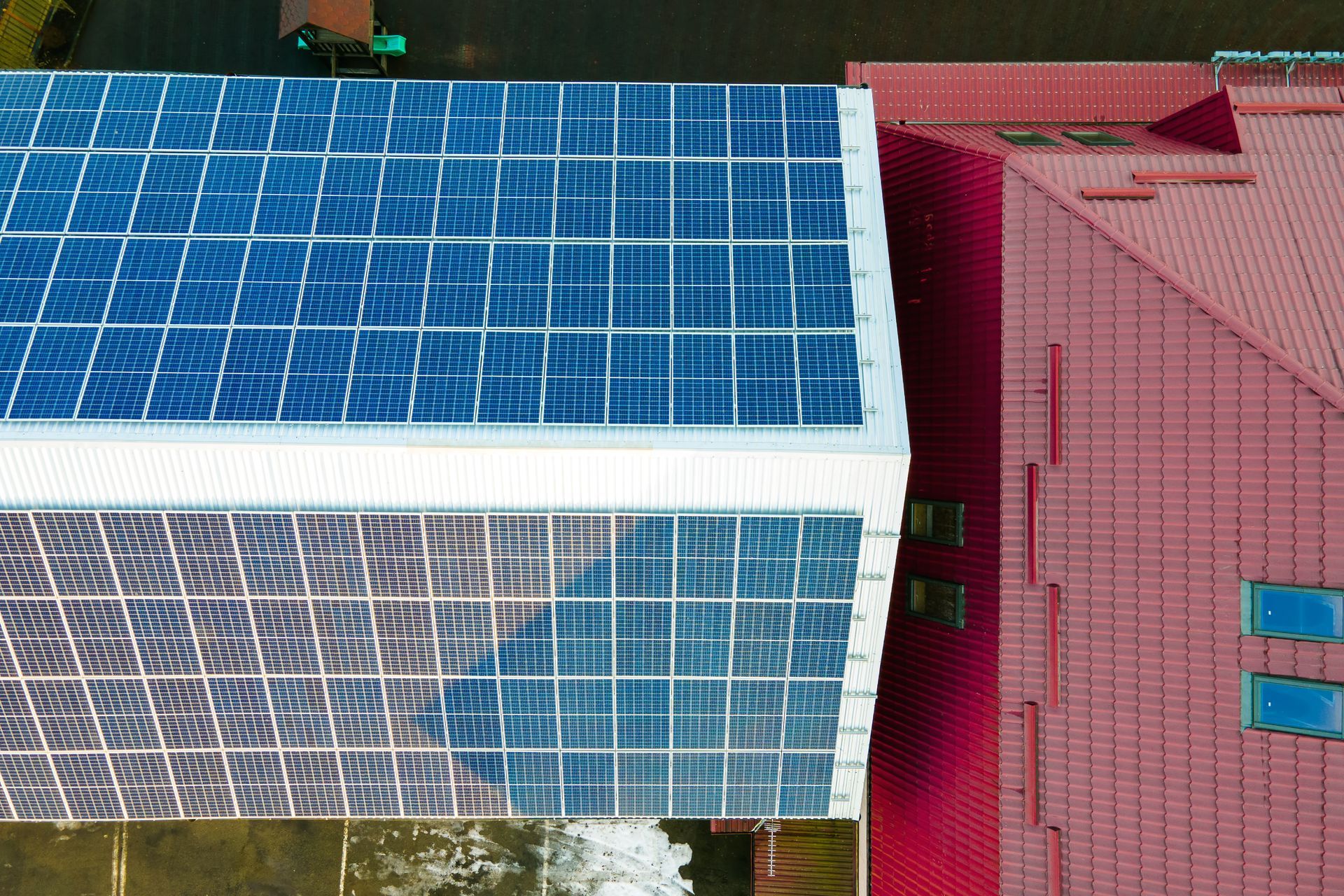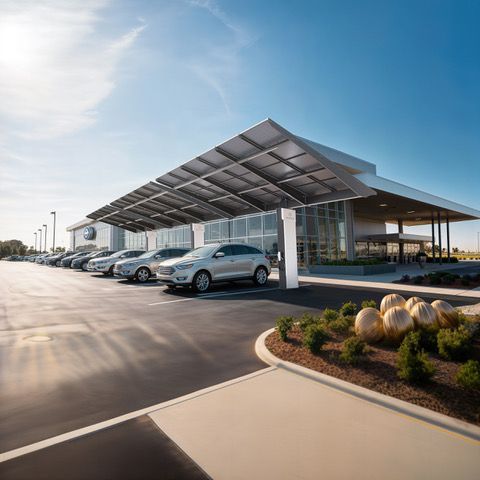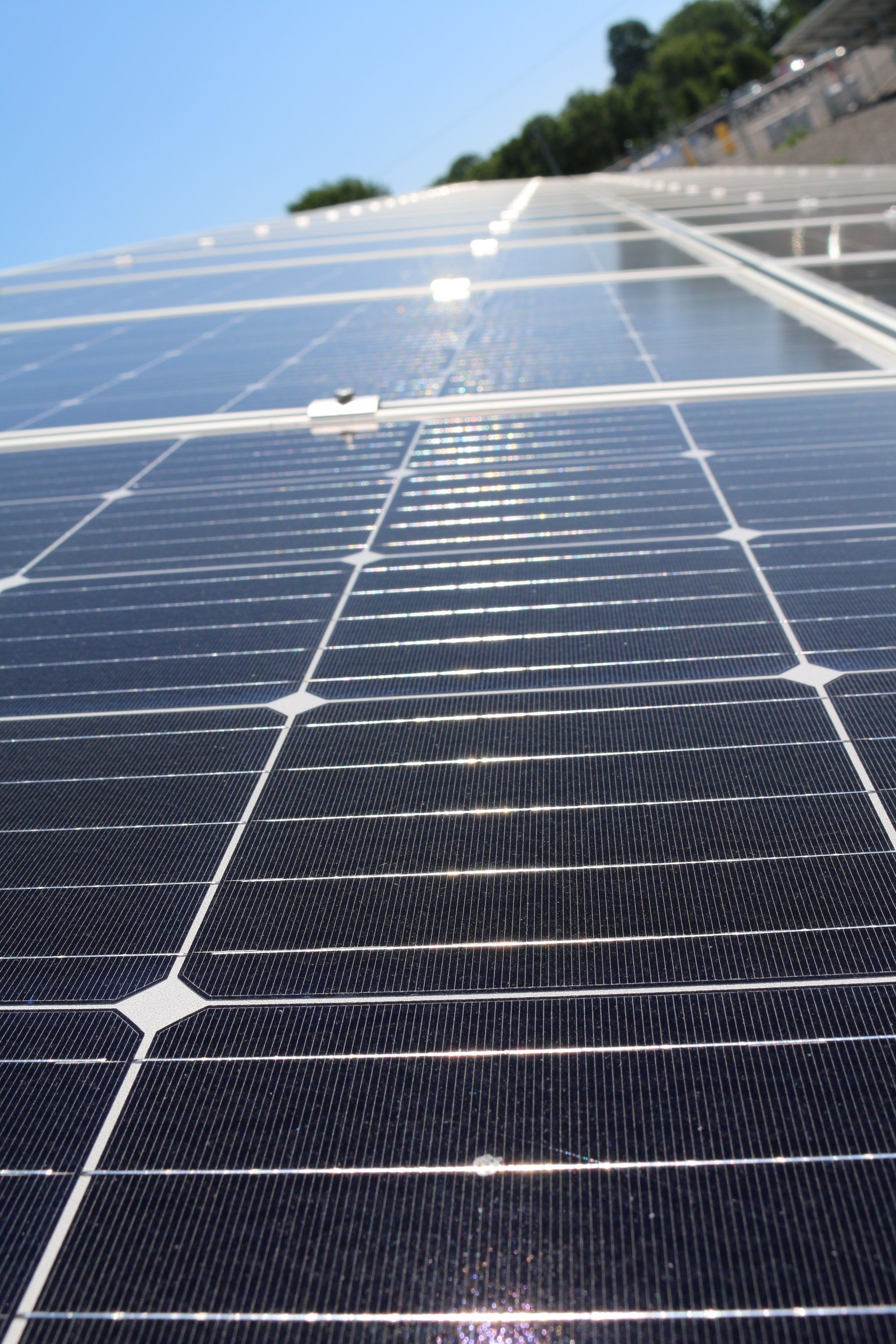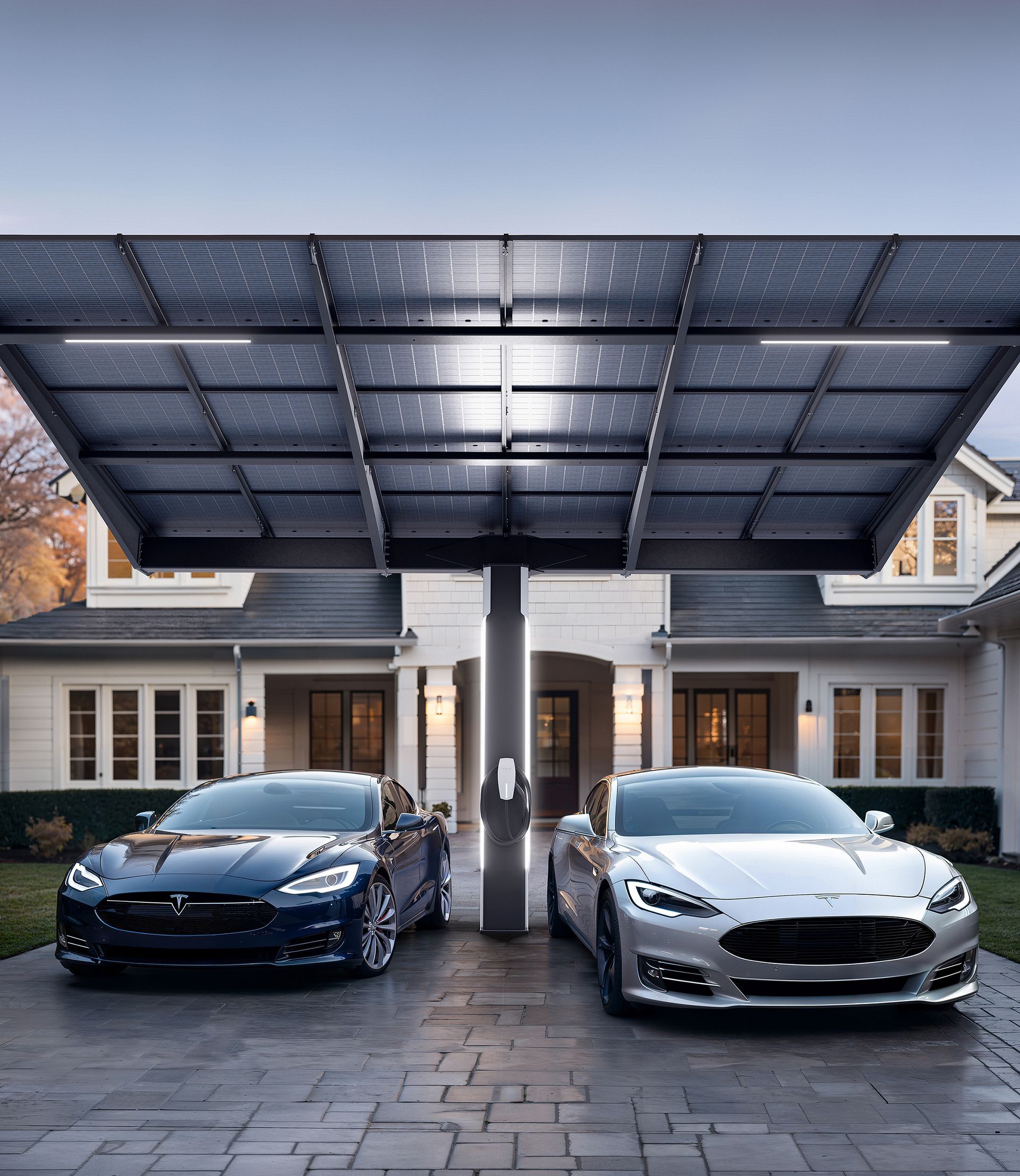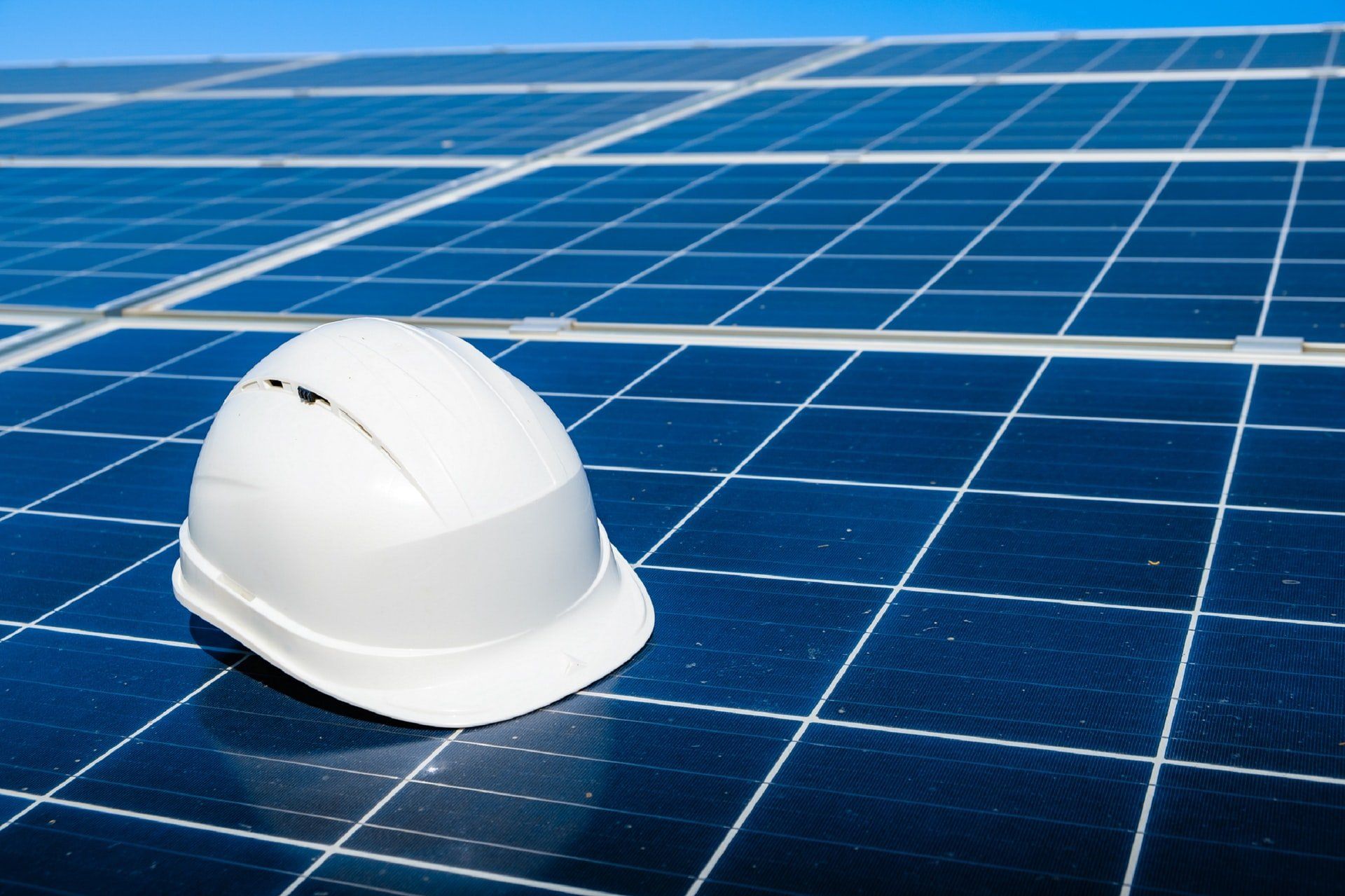Solar panel
Solar panel refers to a panel designed to absorb the sun's rays as a source of energy for generating electricity or heating.
A photovoltaic (in short PV) module is a packaged, connected assembly of typically 6×10 solar cells. Solar Photovoltaic panels constitute the solar array of a photovoltaic systemthat generates and supplies solar electricity in commercial and residential applications. Each module is rated by its DC output power under standard test conditions, and typically ranges from 100 to 365 watts. The efficiency of a module determines the area of a module given the same rated output – an 8% efficient 230 watt module will have twice the area of a 16% efficient 230 watt module. There are a few solar panels available that are exceeding 19% efficiency. A single solar module can produce only a limited amount of power; most installations contain multiple modules. A photovoltaic system typically includes a panel or an array of solar modules, a solar inverter, and sometimes a battery and/or solar trackerand interconnection wiring.
The price of solar power, together with batteries for storage, has continued to fall so that in many countries it is cheaper than ordinary fossil fuel electricity from the grid (there is "grid parity").[1]
Depending on construction, photovoltaic modules can produce electricity from a range of frequencies of light, but usually cannot cover the entire solar range (specifically, ultraviolet, infrared and low or diffused light). Hence, much of the incident sunlight energy is wasted by solar modules, and they can give far higher efficiencies if illuminated with monochromatic light. Therefore, another design concept is to split the light into different wavelength ranges and direct the beams onto different cells tuned to those ranges.[citation needed] This has been projected to be capable of raising efficiency by 50%. Scientists from Spectrolab, a subsidiary of Boeing, have reported development of multijunction solar cells with an efficiency of more than 40%, a new world record for solar photovoltaic cells.[2] The Spectrolab scientists also predict that concentrator solar cells could achieve efficiencies of more than 45% or even 50% in the future, with theoretical efficiencies being about 58% in cells with more than three junctions.
Currently the best achieved sunlight conversion rate (solar module efficiency) is around 21.5% in new commercial products[3] typically lower than the efficiencies of their cells in isolation. The most efficient mass-produced solar modules[disputed – discuss] have power density values of up to 175 W/m2 (16.22 W/ft2).[4] Research by Imperial College, London has shown that the efficiency of a solar panel can be improved by studding the light-receiving semiconductor surface with aluminum nanocylinders similar to the ridges on Lego blocks. The scattered light then travels along a longer path in the semiconductor which means that more photons can be absorbed and converted into current. Although these nanocylinders have been used previously (aluminum was preceded by gold and silver), the light scattering occurred in the near infrared region and visible light was absorbed strongly. Aluminum was found to have absorbed the ultraviolet part of the spectrum, while the visible and near infrared parts of the spectrum were found to be scattered by the aluminum surface. This, the research argued, could bring down the cost significantly and improve the efficiency as aluminum is more abundant and less costly than gold and silver. The research also noted that the increase in current makes thinner film solar panels technically feasible without "compromising power conversion efficiencies, thus reducing material consumption".[5]
Efficiencies of solar panel can be calculated by MPP (Maximum power point) value of solar panels
Solar inverters convert the DC power to AC power by performing MPPT process: solar inverter samples the output Power (I-V curve) from the solar cell and applies the proper resistance (load) to solar cells to obtain maximum power.
MPP (Maximum power point) of the solar panel consists of MPP voltage (V mpp) and MPP current (I mpp): it is a capacity of the solar panel and the higher value can make higher MPP.
Micro-inverted solar panels are wired in parallel which produces more output than normal panels which are wired in series with the output of the series determined by the lowest performing panel (this is known as the "Christmas light effect"). Micro-inverters work independently so each panel contributes its maximum possible output given the available sunlight.[6]
